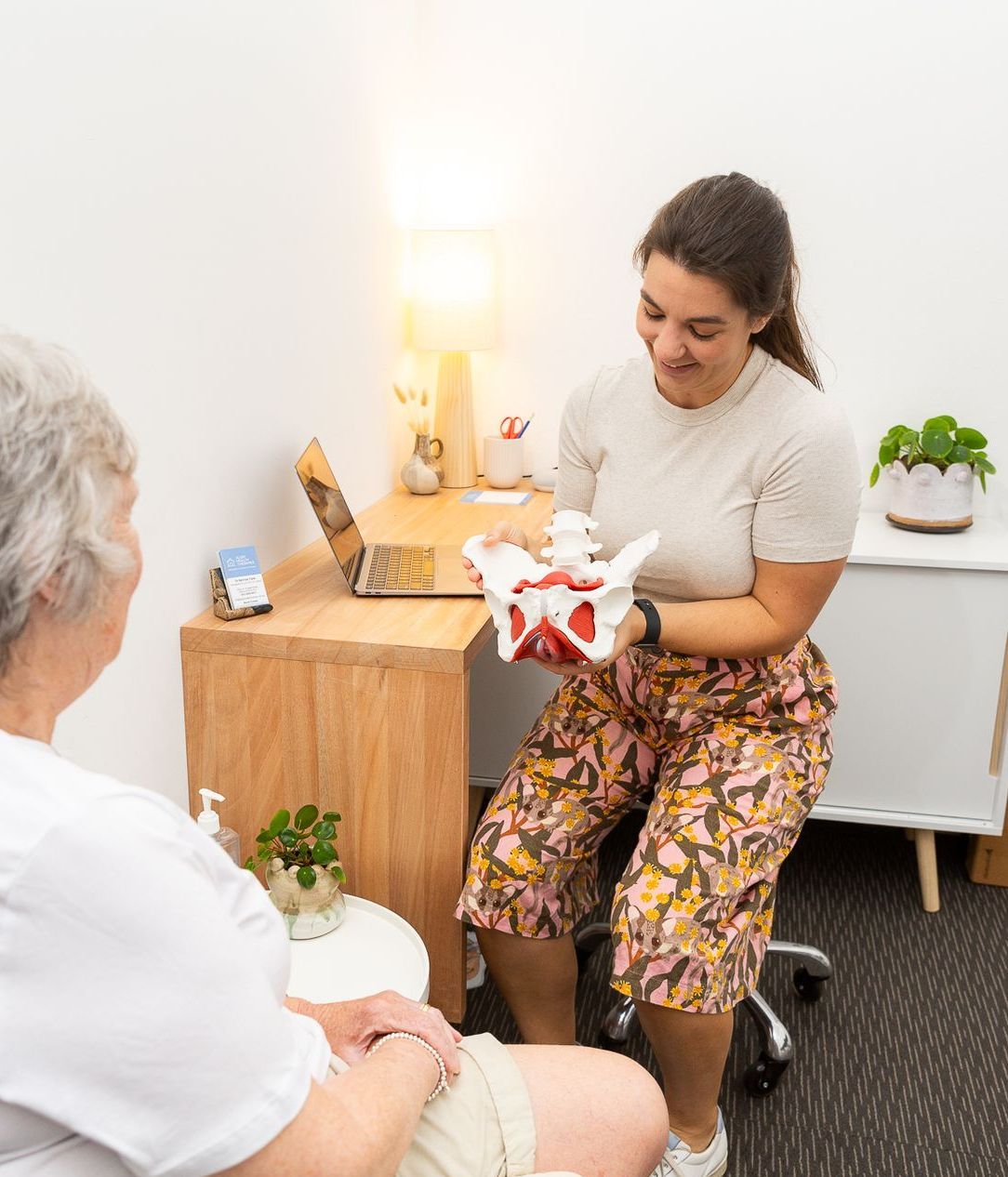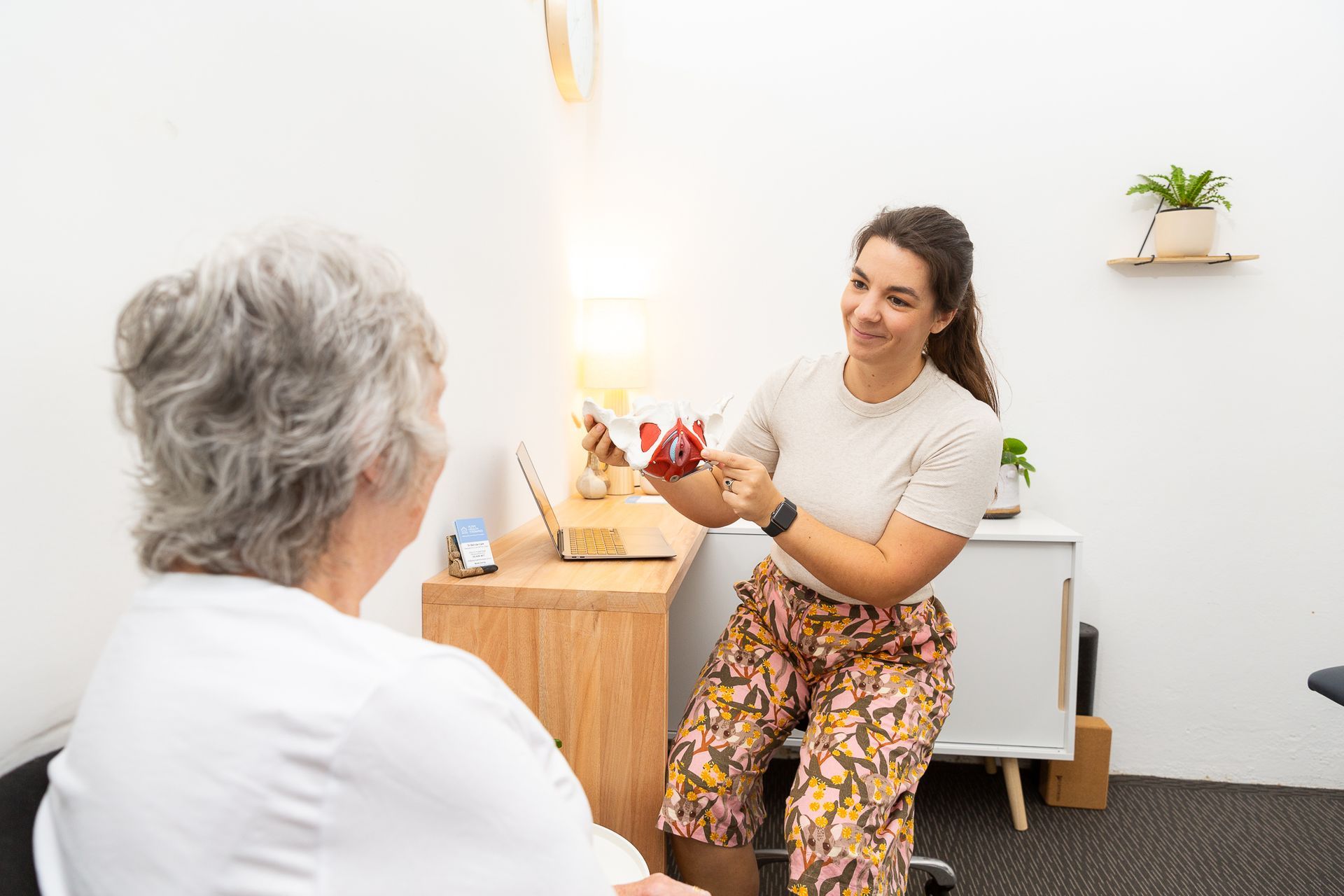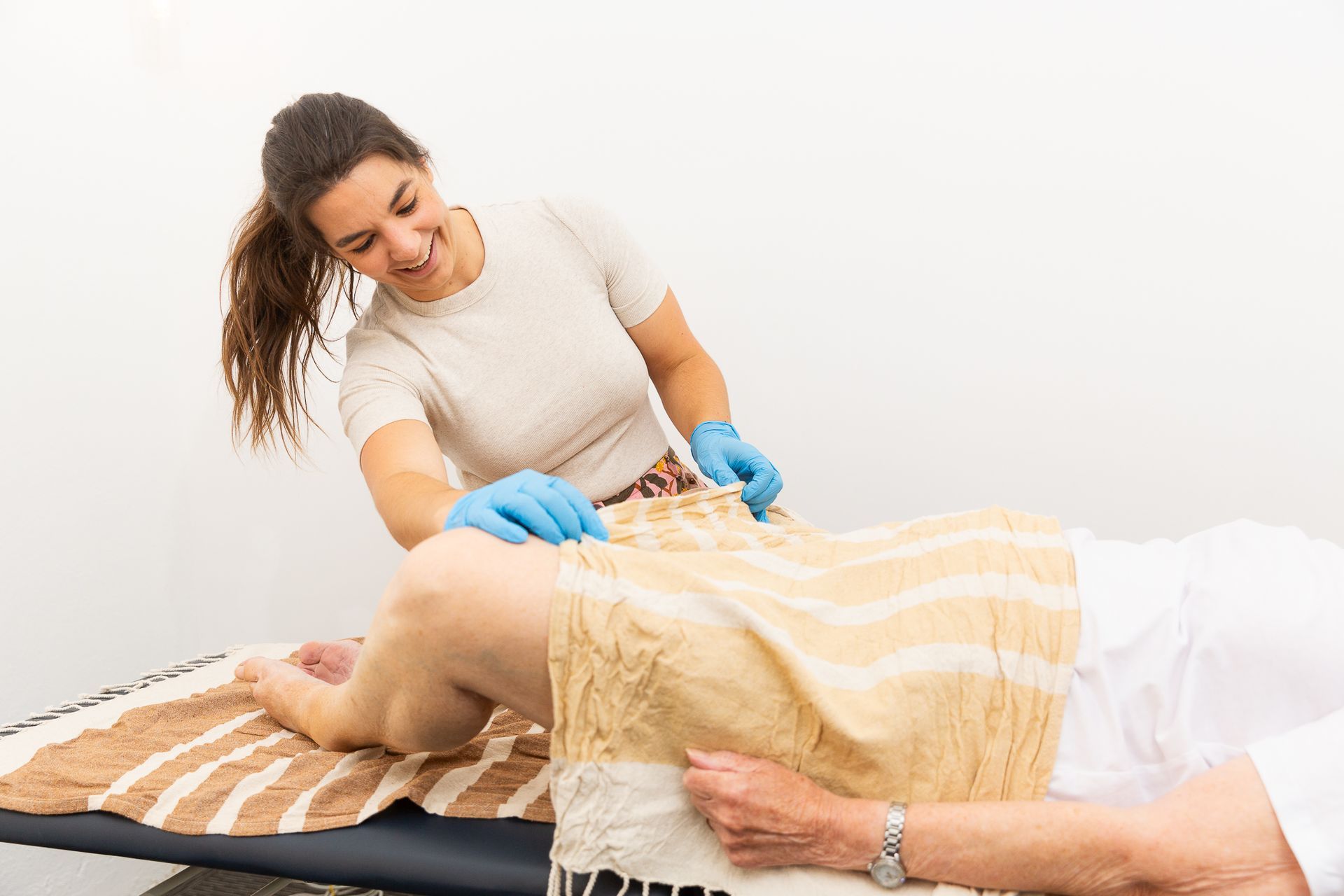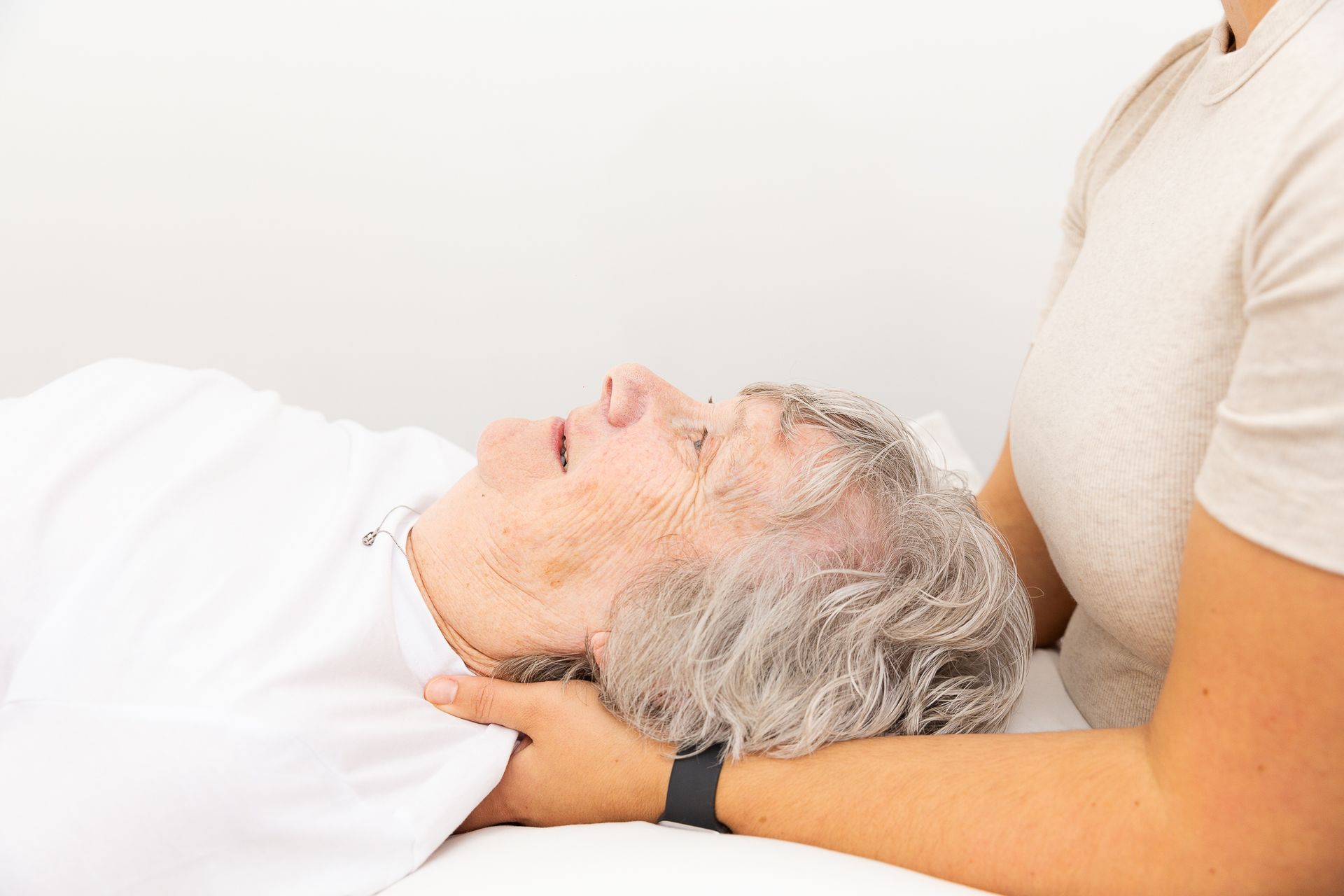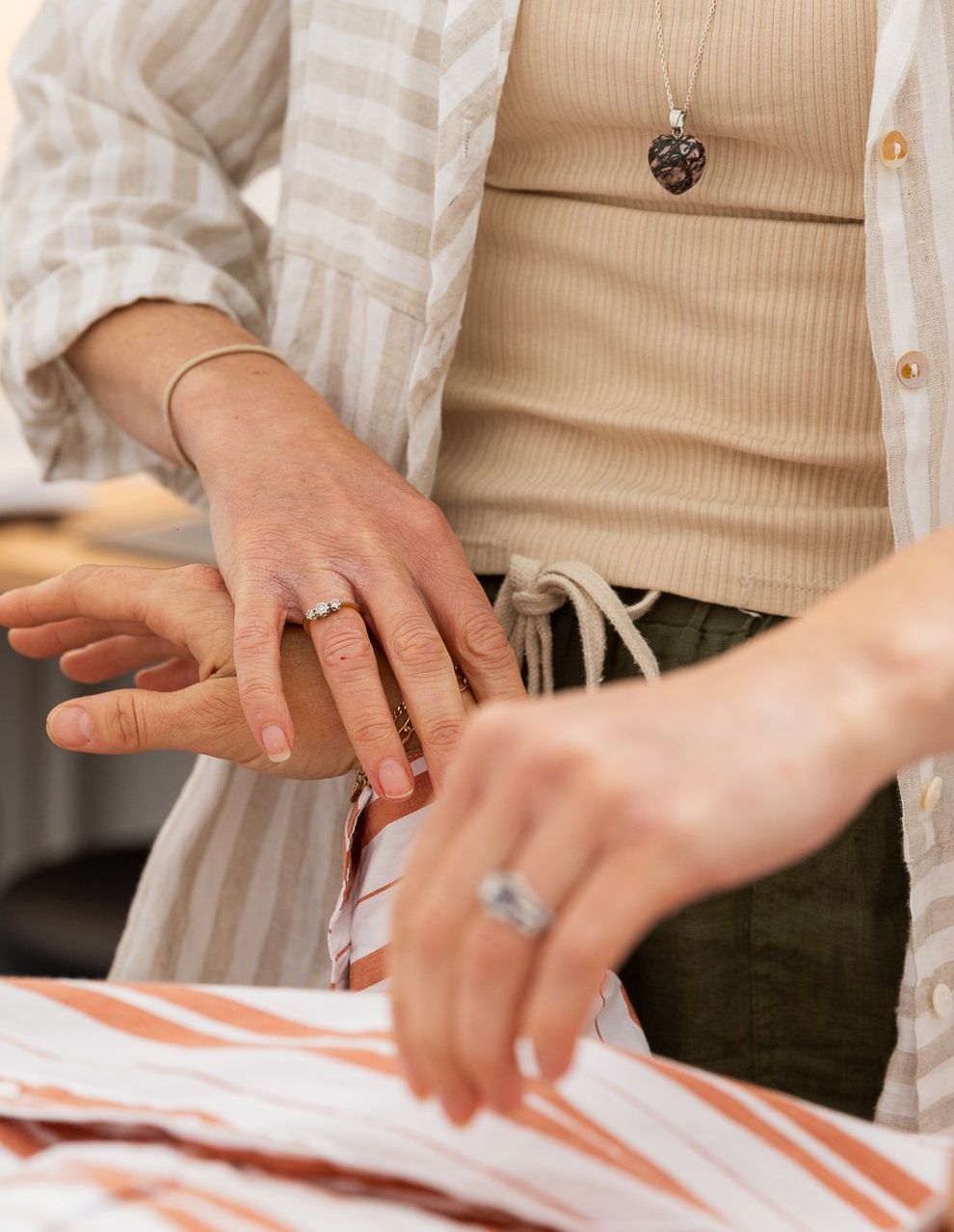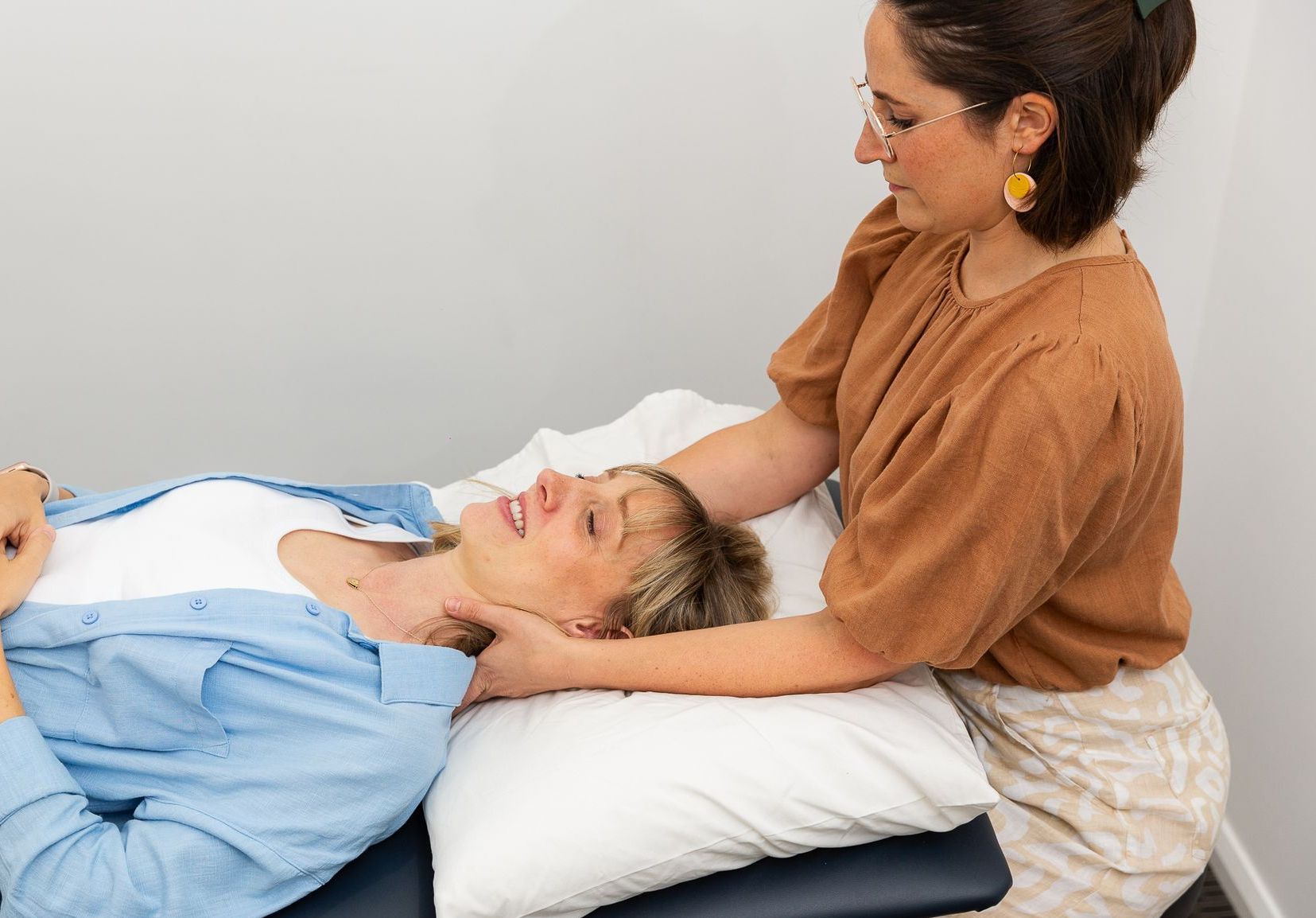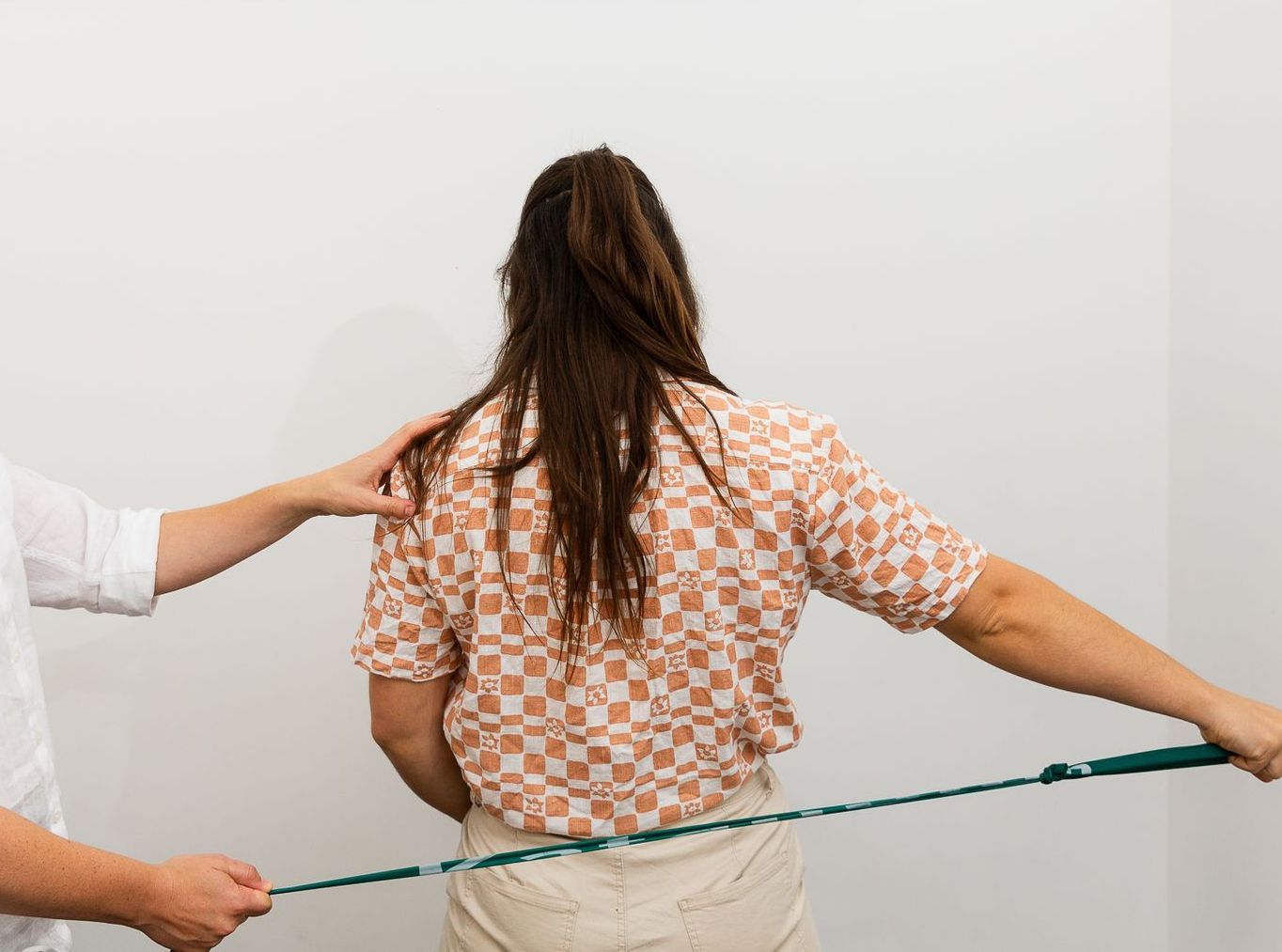Women's Health & Pelvic Health Osteopathy
Women's & Pelvic Health consultations
Our Osteopaths Lauren and Nikela have additional training in the assessing and treating a range of pelvic health complaints.
A pelvic health consultation combines the classic experience and philosophy of osteopathy with additional focus in the specific treatment of the pelvis and pelvic organs.
This includes:
- Pregnancy and Postpartum assessment
- Pelvic floor muscle assessment
- Pelvic organ prolapse
- Bladder and incontinence issues
- Bowel and constipation issues
- Coccyx pain
- Pelvic pain including pain with intercourse
If have any questions about these services, please contact us - we would love to tell you all about it! Our clinic is located in Woonona and we service patients of all ages from Towradgi, Corrimal, Bulli, Thirroul, Austinmer, Coledale, Coalcliff and surrounding areas.
Internal Techniques
When would an internal technique be indicated?
In some conditions or presentations internal assessment and techniques may be indicated. In females, or those born with a vagina, these techniques allow for assessment of the uterus, cervix, pelvic floor muscles, perineum, urethra, bladder, ligaments and connective tissues of the region, as well as assessment and treatment for scars from episiotomies or tears.
Sometimes it is easier or more specific to assess structure and function as well as treat the pelvic structures with an internal contact.
It is important to remember that you have a choice about your treatment, and that if at any time you are uncomfortable, whether it is with discussing a subject, or with a technique, you can choose to stop.
Examination and treatment may be indicated for:
- Pregnancy to address any issues during pregnancy (eg incontinence or pain)
- Pregnancy in preparation for labour and delivery
- Postpartum checks
- Dysmenorrhea (period pain)
- Urinary incontinence
- Pelvic organ prolapse
- Pudendal nerve pain
- Dyspareunia (painful sex)
- Pelvic floor pain
- Constipation
- Coccyx pain
What does it involve?
For per vaginal techniques you will be asked to lie on your back or on your side. You will be asked to remove your underwear and cover yourself with a sheet. The osteopath will insert one to two gloved fingers into the vagina for the examination and treatment. During the examination and treatment, you will remain covered with a sheet.
If you are uncomfortable at any stage the treatment can be stopped.
The techniques used are the same as we use in regular treatment, it just allows for better contact of tissues. Techniques include inhibition of tight muscles, unwinding of fascial tensions, education on contraction or relaxation of muscles as well as working on organ and tissues balance.
What else?
You will be asked to sign a consent form before any examination and treatment is undertaken. You have the option of having a chaperone present, either from the practice or a companion you wish to bring in. If you would like a chaperone for your treatment, please let us know.
If you have any questions, please do not hesitate to ask - we will be happy that you have!
Frequently Asked Questions
We understand that talking about and addressing pelvic floor and pelvic health concerns can be challenging, and we want to make the process as smooth as possible.
Below are some common questions people have about a pelvic health consultations which we hope will answer questions you may have.

